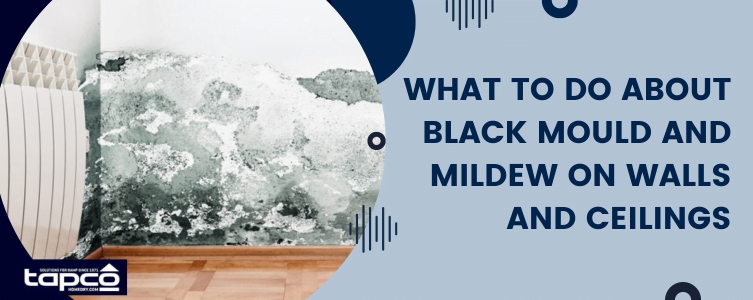
Black mould and mildew are issues that can occur in any property. Whether your home is new or old, large or small, a house or an apartment, you may have to deal with mould and mildew at some point.
Unlike other forms of damp, mould and mildew are commonly caused by the inhabitants. When there is too much humidity inside the property and this cannot escape, this will lead to moisture forming on surfaces including your windows, ceilings and walls. Once moisture builds up, this can quickly lead to black mould and mildew, which can be dangerous for the inhabitants.
Black mould and mildew can aggravate existing breathing problems and skin problems. In extreme cases, they can even lead to death. These issues will also cause damage to possessions, furnishings and your decor.
So, if you’re struggling with black mould or mildew in your home, here are the steps you’ll need to take to deal with it.
What causes black mould and mildew?
Black mould and mildew require high levels of humidity to form. They also need oxygen and organic material. Oxygen is everywhere, and most items in your home are some form of organic material, so that just leaves the moisture.
Condensation from everyday activities is one of the main causes of mould build up in properties. It doesn’t matter if your home is old or new, it can suffer from condensation build up if the conditions are right.
Warm, moist air from the most humid parts of your property (usually the kitchen and bathroom) will form condensation when it comes into contact with a cooler surface. While your kitchen and bathroom might be the worst culprits, there are other parts of your home that are likely to have high levels of moisture.
When we sleep at night, every person exhales around 2 pints of water in their breath. This means that the bedroom is likely to have high moisture levels. And if you dry clothes around your home, this will also contribute to higher moisture levels.
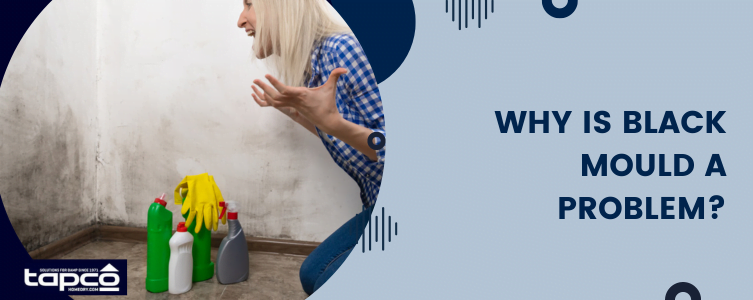
Why is black mould a problem?
There are many different types of mould and mildew. Green moss is structurally similar to mould, and is commonly seen on the outside of properties, usually in shady and damp areas. While this might be unsightly, it’s not dangerous to your health, unless you slip on it.
Black mould on the other hand can be very dangerous for your health. Once established, it spreads by expelling spores which also results in the release of something known as mycotoxins.
Mycotoxins are harmful when breathed in or when they land on your skin. They can cause problems with the respiratory system and can be deadly for those with preexisting conditions such as asthma.
These mould spores can also cause skin irritation and worsen conditions like eczema. Some experts say that inhaling mould spores is more dangerous to your health than smoking, so it’s important to take action at the first sign of black mould in your home.
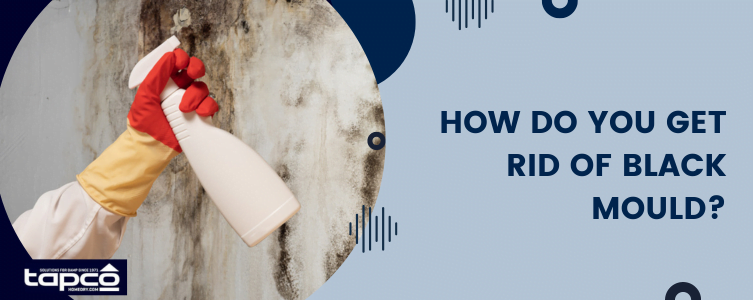
How do you get rid of black mould?
Getting rid of black mould will involve persistence and some changes to your lifestyle. If there are structural problems with your home that are causing the moisture build up, these will need to be addressed too.
Black mould can easily be washed away using a fungicidal mould wash. As this wash may contain bleach, you should be careful not to get this on your clothes, furniture or carpets.
Once the area is cleared of mould spores, you can then start the remedial work required to prevent it from returning. The most common way to achieve this is to increase ventilation in your home.
If you are worried that you might have an issue with damp in your property that is caused by more than just condensation, then you should call in a damp expert. They will carry out a full damp survey to determine the cause of your damp issues.
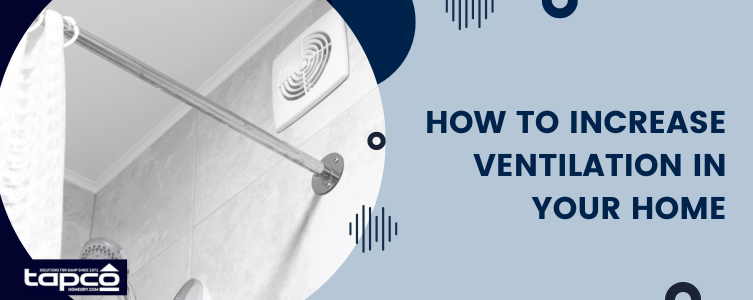
How to increase ventilation in your home
There are a few steps you can take to make your home less humid and prevent moisture from building up on colder surfaces. Start by identifying the main causes of moisture in your home. These are usually:
- Cooking in the kitchen
- Baths and showers in the bathroom
- Sleeping in the bedroom
- Drying clothes in the home
In the kitchen, try using an extraction fan while you are cooking, or open a door or window while you cook.
In the bathroom, an extraction fan will also help to minimise moisture in the air, but an open window will also work. You can remove moisture from the air by leaving a window open after a shower or bath and then close the bathroom door. When you return, the moisture should be gone.
In the bedroom, you can’t reduce the amount of moisture you expel while you sleep, but you can take steps to prevent it from building up in your home. Try using moisture traps in your bedroom to capture moisture released at night time. You should also open your windows in the morning to let all of the humid air escape.
When it comes to drying clothes, try drying them outside whenever possible. You could also use a tumble drier to get your clothes dry in winter when you can’t dry them outside. If you have to dry your clothes inside, try running a dehumidifier at the same time to help prevent moisture build up.
Key takeaway
Black mould in your home is an unsightly problem, but it is thankfully very easy to deal with. Once you have cleaned away the black mould using a fungicidal spray, you can then address the cause of your moisture problem.
Most moisture problems around the home can be addressed by simply opening windows more often to improve ventilation. You can also use moisture traps and dehumidifiers to address the areas in your home that are most susceptible to moisture issues.


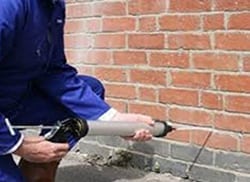 Damp Proofing
Damp Proofing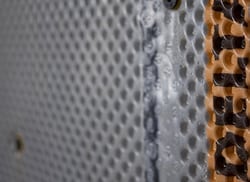 Basement Damp Proofing
Basement Damp Proofing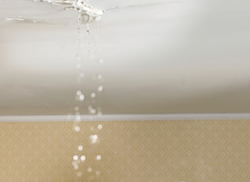 Water Damage
Water Damage Condensation Control
Condensation Control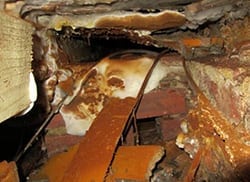 Dry Rot Treatment
Dry Rot Treatment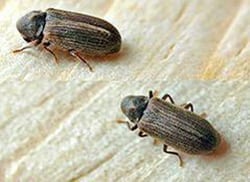 WOODWORM & WET ROT
WOODWORM & WET ROT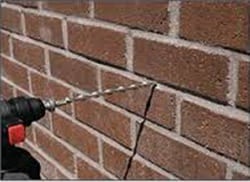 CAVITY Wall Ties
CAVITY Wall Ties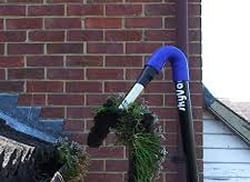 Property Maintenance
Property Maintenance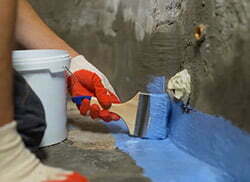 Waterproofing And Tanking
Waterproofing And Tanking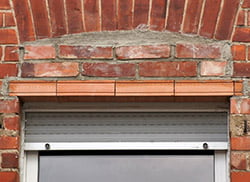 Structural Repairs
Structural Repairs







